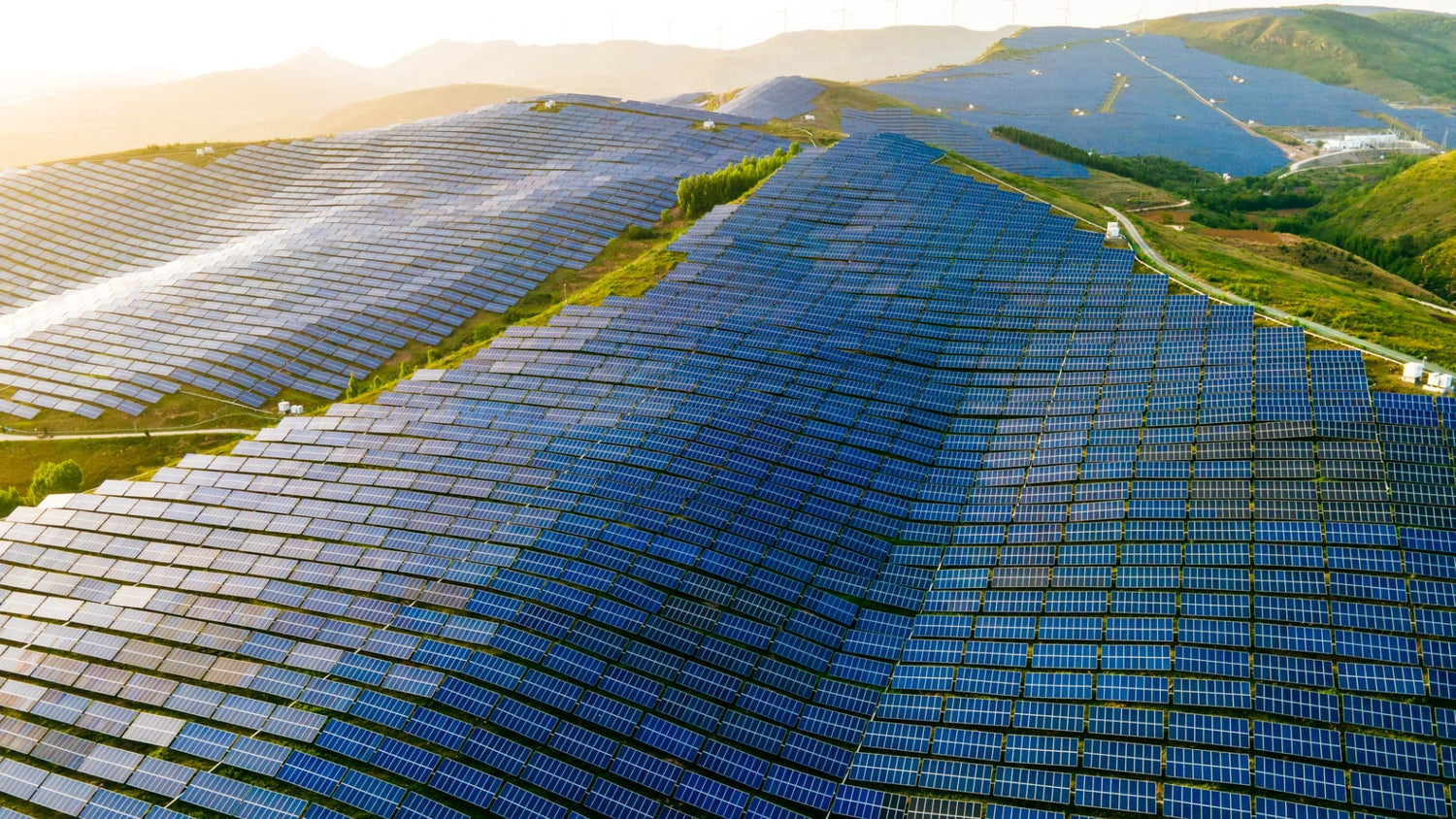
The Benefits Of Utility-Scale Solar
Mexico's solar power capacity has increased significantly in recent years, mainly driven by private investment. With 300 or more days of sunlight a year, Mexico is ideally located to profit from solar energy production. We expect solar expansion over the next decade to enhance Mexico's energy security, adding to the country's diverse renewable energy mix, as it strives for net-zero carbon emissions by 2050.
A Snapshot of the Major Solar Projects in Mexico
At the end of 2021, Mexico had 6,160 MW of cumulative utility-scale solar capacity, contributing 4.4% of the country's electricity production. Most solar projects are concentrated in the desert climate regions in the north of the country, leaving space for significant development in the other areas of Mexico over the next decade.
The Mexico City Government has big plans to develop the solar footprint of one of the world's largest cities, introducing the Solar City (Ciudad Solar) initiative in 2019. Mexico City has an average daily solar potential of 5.7 kWh/m2, which makes it the prime location for small and medium-scale solar projects, including photovoltaic (PV) roofs in public buildings.
In addition to city initiatives, there are several large-scale solar projects already producing energy across the country. Acciona and Tuto Power's 405 MW Puerto Libertad solar plant and Fotowatio's 341 MW facility are both located in San Luis Potosi. Further north, in Coahuila, Italian firm Enel constructed one of Latin America's most significant solar projects, the 828 MW Villanueva Park, in 2018.
In Sonora, construction has begun on state-run CFE's 1 GW Puerto Peñasco project, at an estimated cost of $424 million. Once completed, it is expected to be the 8th largest PV solar power plant in the world. The plant will be built in several phases, with phase one capacity expected to total 420 MW, to be completed by the end of 2023. The development will enhance Mexico's energy security as it will be linked to Baja California's grid system through a 400kV subsea transmission line to provide reliable electricity to the region.
Mexico's Solar Energy Potential
According to a US Department of Energy report, the national technical PV potential for Mexico stands at 24,918 GW, with 5,561 GW located in the southwest of the country and 743 GW in Baja California Sur.
Mexico's solar potential is six times higher than that of wind energy. By attracting greater private investment in the sector, Mexico could expand its solar energy production across other regions of the country, providing greater energy security to rural areas and making it a solar hub in Latin America.
Policy Actions Can Support the Development of Utility-Scale Solar
To attract greater investment, Mexico should hold regular renewable energy auctions that include solar power. Improving institutional finance mechanisms for the development of solar plants and farms could further support the sector. Additional improvements can also be achieved through government consultation with academic and professional solar power institutions, such as the Centro Nacional de Control de Energía (CENACE).
In addition, encouraging community participation can help gain support for new solar projects from local residents. Community consultations often help reduce costly delays, thanks to greater project support on the ground.
As the solar energy sector expands over the next decade, we expect it will create thousands of new construction and energy jobs, as well as more indirect employment opportunities, helping to develop Mexico's solar power production regions economically.
Our Outlook Remains Positive
Mexico has already begun to develop a strong solar energy industry, mainly concentrated in the north of the country. As Mexico gains greater private interest in its solar sector, we expect solar farms to be established in other regions of the country, as well as encouraging cities to welcome small-scale solar projects to decarbonize their economies.

